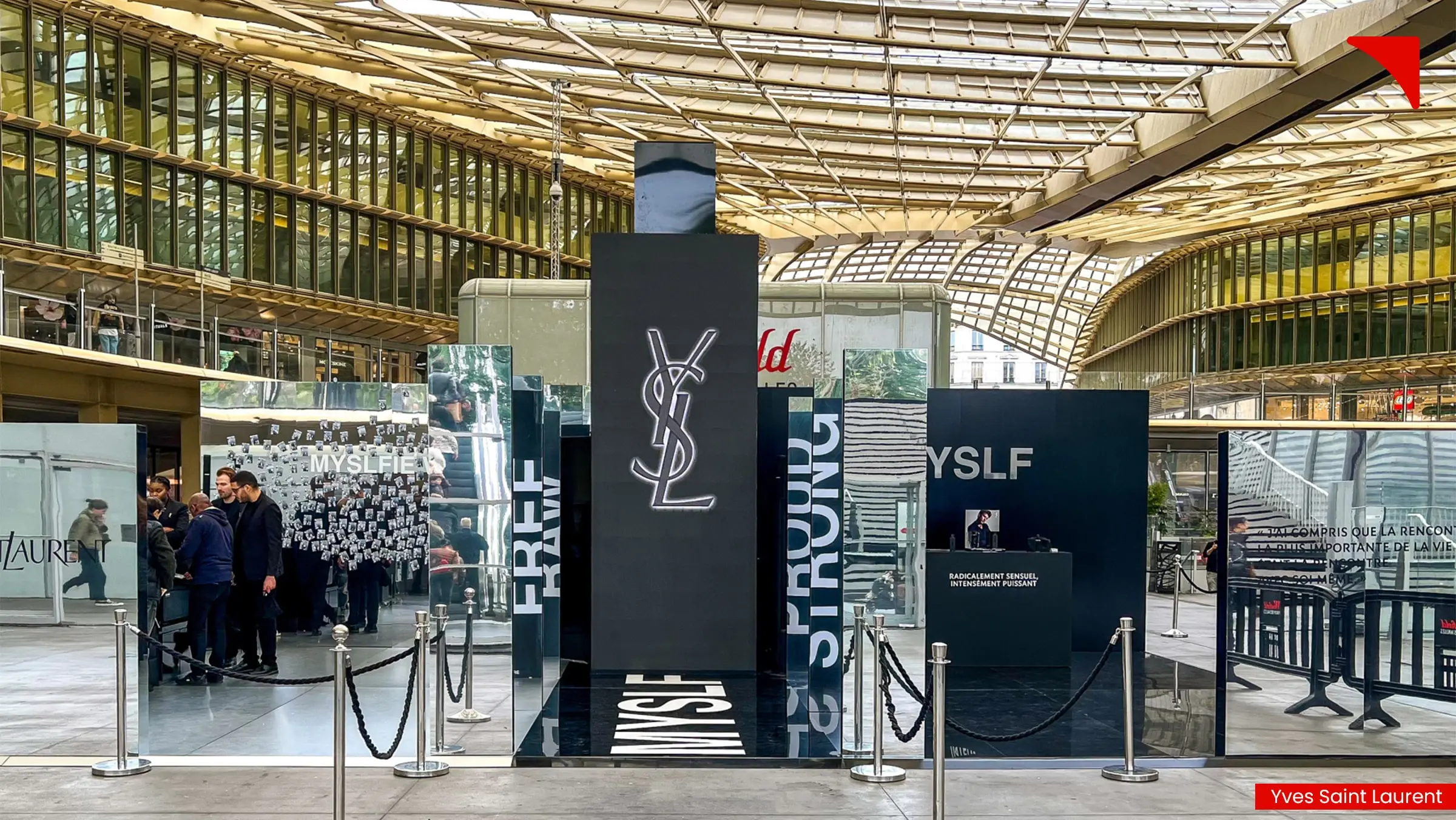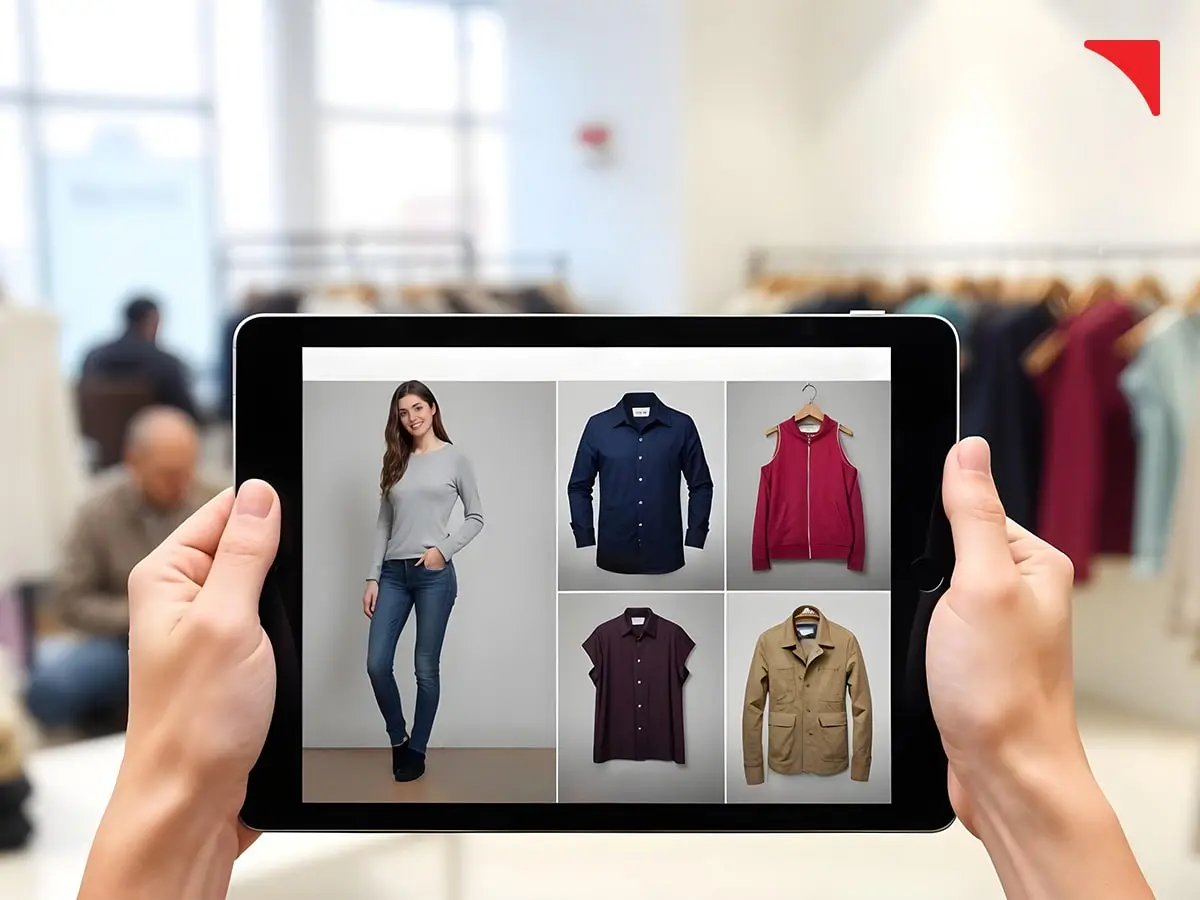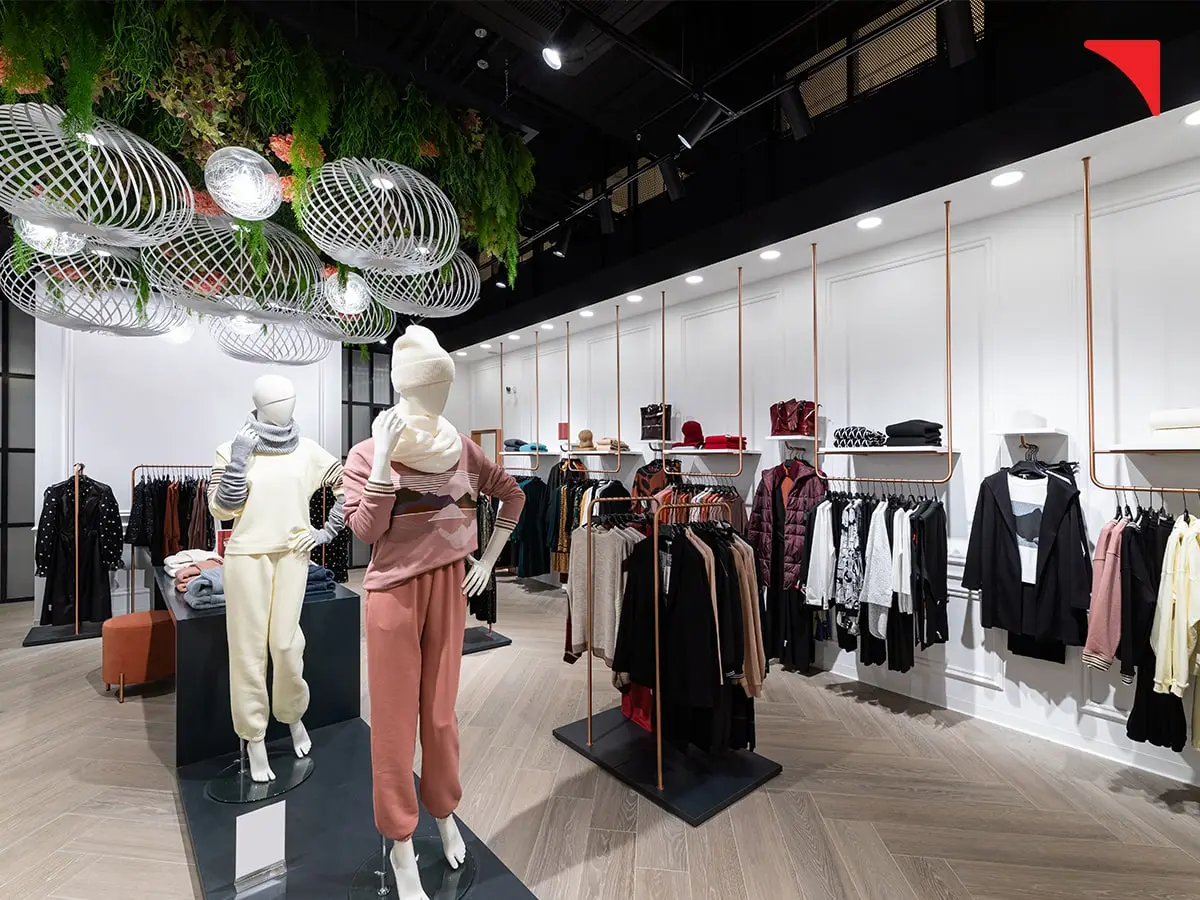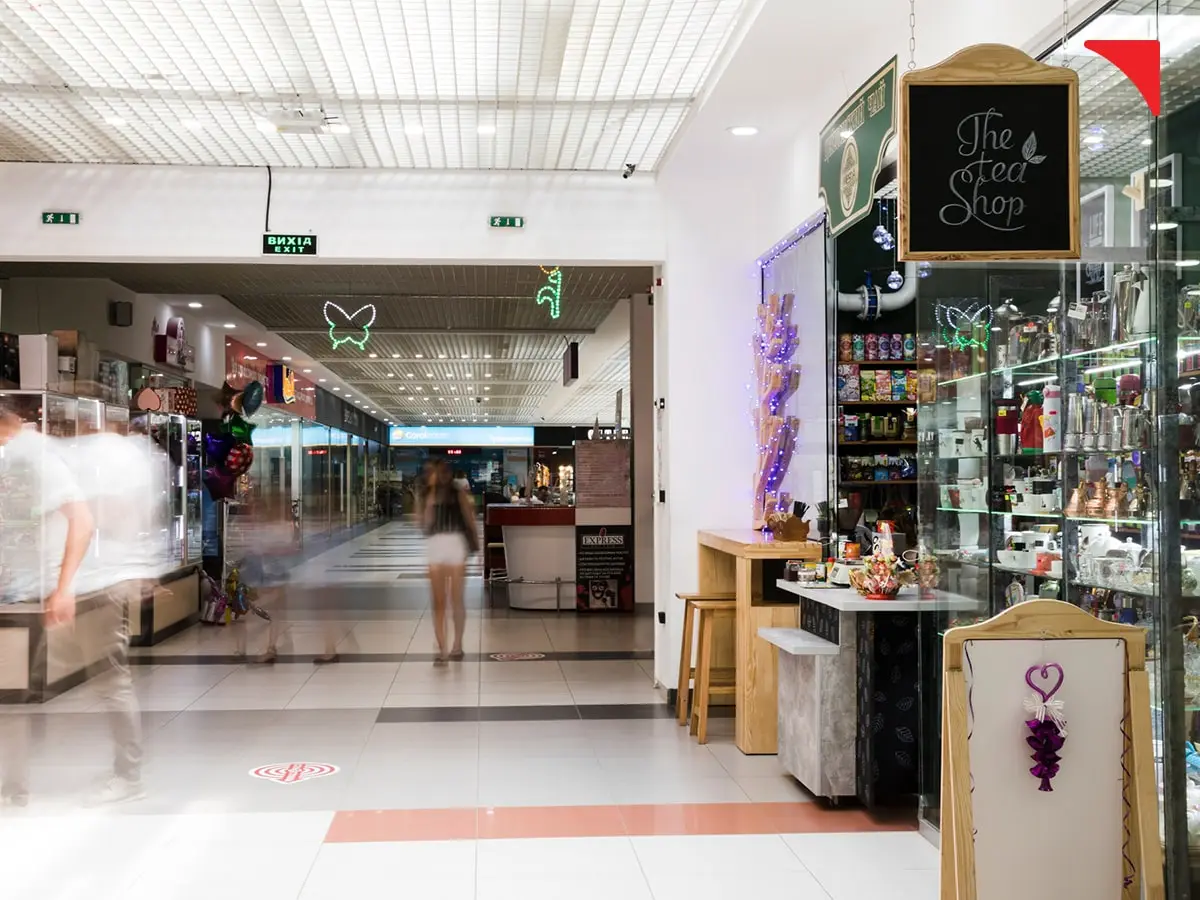IMMERSIVE SHOP DESIGN STRATEGIES FOR ENGAGING POP UP EXPERIENCES

In the middle of a maturing retail landscape, Asian buyers seeking novelty and excitement are turning to pop-up stores. To remain relevant, retail brands must strike a balance between a permanent brick and mortar presence and a revolving roster of pop-ups. With the shift to the internet for final transactions, marketers must embrace the new role of pop-ups, which are focused on product discovery and brand education rather than merely purchases.
To succeed in this changing landscape, it is undoubtedly essential for brands to provide their customers with unforgettable memory making experiences. As interactive and enjoyable "beyond retail" third spaces get fueled by lifestyle extensions and cross industry cooperation, the emotionally engaging narrative will be essential. And as hyperphysical activations progress into full fledged place takeovers, bigger will continue to be better.
Through the medium of this blog, you will learn about some effective strategies to master the pop-up shop design in APAC that will help your brand build a physical presence, cultural relevance, and community connections in the region. Keep reading to discover all of them.
1.) Embrace interactive playscapes

Reimagine pop-ups as tech enabled entertainment hubs and meaningful playgrounds where customers can find delight and make memorable memories rather than merely purchasing items. Here are some strategies that can be considered.
- Embrace digital solutions, such NFC powered activations, AR experiences, digital treasure hunts, and digital mannequins and holograms to connect IRL and URL, increasing dynamic personalization in stores.
- Create a dynamic storytelling experience using mobile powered digital experiences. Use these digital touchpoints to capture first and zero party data, especially for pop-up shop designs targeted at testing new markets, which may be leveraged to personalize convenience for customers in future interactions. Example: Coach, an American fashion brand turned its Coach Play Silverlake pop-up nto a phygital playground in Malaysia. The playground included outdoor games along with a mobile-powered digital scavenger hunt. All this seamlessly took shoppers around the store.
- Create memory making zones to help pop-up store design convey more significance. Incorporate picture booths, personalization experiences, and in-store studios filled with props, customizable backgrounds, and ring lights to actively entice shoppers' participation and produce mementos to remember the event.
- Draw on the excitement of unexpected discovery to boost the entertainment ante by including performing arts and immersive theater. Allow customers to act as characters in a broader story or include in-store entertainment to induce joy and delight.
- Build a universe centered on charming mascots to add purpose and fun.
2.) Be daring with location takeovers

Large format takeovers emphasize hyper physicality. This will transform your pop-up shop design into a standalone destination supported by hyperlocal themes, creative collaborations, and community events. Here are some strategies that can be considered.
- With pop-ups and retail design mostly serving a social function for Asian customers, businesses must add events and hobby driven places that foster community bonding and conversations to meet youth's thirst for friendships and connection. Example: Louis Vuitton brought its city takeover to Beijing. The brand activated pop-up bookstores at four cultural destinations across the city, namely 798, Drum Tower, Liangma River, and The China World Trade Center. This enabled visitors to enjoy curated local tours and activities, including table tennis and paddle boarding.
- Move the culture forward. Respond to the growing desire for locally and regionally rooted tales, experiences, and ideas by focusing activations on hyperlocal lifestyles and motifs.
- Apply a curatorial approach to large scale takeovers, using activations and events to highlight and match your brand with emerging local creatives, artists, and thinkers.
- Show appreciation to your most loyal customers by carving off VVIP exclusive events, items, or spaces during the activation period.
- With brand exhibits becoming increasingly popular as a form of brand education, marketers must harness them to bring shoppers behind the scenes and demonstrate the ideation process in order to build a higher perceived value of products in a less transactional approach.
3.) Push the frontiers of co branded experiences

By combining several brand identities, you may create unique experiences and products that increase your brand's reach and enthusiasm. Here are some strategies that can be considered.
- Prioritize unexpected collaborations, cross industry or otherwise, to avoid collaboration weariness and drive curiosity, while also anchoring partnerships in important similarities to maintain authenticity.
- Adopt color as intellectual property, find different colors to influence visual merchandising, and enable your partnership to stand out as a creative spectacle.
- While food and drink collaborations may seem overdone at this point, marketers may still capitalize on the food hype by rethinking tradition. Create a retail strategy and collaborate with hyperlocal food and drink partners, such as prominent street food businesses and heritage companies, to generate buzz through increased interest in rural lifestyles and cultural preservation. Ensure that these partnerships are localized, even when they travel across cities.
- Explore entertainment licensing opportunities as you seek new collaborators and schedule pop-ups around major film releases, concerts, sporting events, and music festivals. This will attract spending from younger generations who organize their life around fandoms and prefer to spend on their favorite passions rather than brands.
4.) Help shoppers slow down

Luxury and premium businesses should transform pop-ups into temporary spaces of comfort and serenity to cater to new aspirational codes centered on slowness and leisure. Here are some strategies that can be considered.
- Turn the entire space into a "pocket of pause" by implementing mindful commerce techniques. Doing this is essential as a study by Ipsos shows that nearly 74% of APAC consumers prefer a slower pace of life. Brands can also modify and right size the store as a gallery idea for pop-ups, encouraging leisurely browsing.
- Focus on the in-person experience of slowing down and withdrawing from online life. Design domestic places reminiscent of home and small-scale, intimate events, such as dinner parties and cultural salons, that allow meaningful conversation and socialization.
- Launch hospitality extensions centered on slow and hyperlocal travel, such as train and resort takeovers and rural and spiritual retreats.
- When selecting collaborators and presenting activities and experiences, use wisdom and inspiration from traditional Asian wellness principles (ayurveda, traditional Chinese, and Korean medicine). Example: In India, Ralph Lauren teamed up with Jaipur's Princess Gauravi Kumari for a private dinner party and silent auction at the Jaipur City Palace for the Princess Diya Kumari Foundation (PDKF)
- To hold your pop-ups, consider non-traditional retail areas rich in wellness and nature, such as city parks and riverbanks.